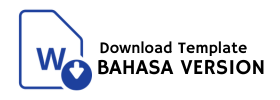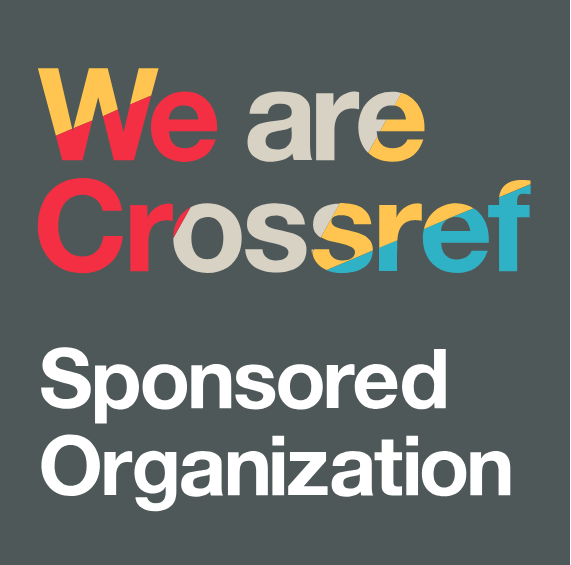Implementation of Port Acceptance Facilities: Study at Tanjung Priok Port
DOI:
https://doi.org/10.38035/jafm.v3i2.96Keywords:
Unqualified Fuel Oil, Reception Facilities, Gap AnalysisAbstract
The Marine Environment Protection Committee (MEPC), the 74th Session held on May 13-17, 2019, has highlighted several agendas, such as air pollution and energy efficiency. The draft guide to Port State Control (PSC) on contingency measures to address non-compliant fuel oil provides more details on managing the fuel still on board after the final fuel oil non-availability report (FONAR). Tanjung Priok Port is the largest and most complete port in Indonesia and is expected to provide reception facilities to support its implementation. The reception facilities owned by Tanjung Priok Port consist of tugboats, barges, separator pumps, and storage tanks. Most of these facilities are considered sufficient to provide and serve the needs of ships, especially those that need the appropriate fuel oil to come to the port. However, there is a potential shortage of reception facility services. This study aims to determine the availability and adequacy of port reception facilities in Tanjung Priok to formulate strategies to overcome non-compliant oil implementation. Field studies and surveys of respondents were conducted for data collection. Gap analysis is used to compare perceptions and expectations of the performance of port revenue facilities. The survey instrument consists of legality, equipment, infrastructure, and human resources aspects.
References
DR. David A. Lasse. 2018. Shipping Research Method, 1st Ed. Pt Rajagrafindo Persada:Jakarta.
Dwi. 2015. “Ketua APLI: Tidak Dilayani Kapal Asing Bersihkan Limbah B3 Bisa Merusak Citra”.
Jusna and T. Nempung. 2016. “Peranan Transportasi Laut Dalam Menunjang Arus Barang Dan Orang Di Kecamatan Maligano Kabupaten Muna”. J. Ekon. Vol. 1(1), pp: 189–200.
Kementerian Perhubungan. 2014. Peraturan Menteri Perhubungan Nomor PM 29 Tahun 2014 Tentang Pencegahan Pencemaran Lingkungan Maritim. Jakarta.
Kementrian Lingkungan Hidup. 2007. Peraturan Menteri Lingkungan Hidup nomor 3 Tahun 2007 tentang Fasilitas Pengumpul dan Penyimpanan Limbah B3 di Pelabuhan. Jakarta
Kementerian Lingkungan Hidup. 2011. Surat Keputusan Menteri Lingkungan Hidup nomor 87 Tahun 2011. Jakarta.
N. Ahmadi, T. Kusumastanto, and E. I. Siahaan. 2018. “Strategi Pengembangan Pelabuhan Perwawasan Lingkungan (Greenport) Studi Kasus: Pelabuhan Cigading-Indonesia”. War. Penelit. Perhub. Vol. 28(1). p. 9.
Pemerintah Republik Indonesia. 2008. Undang - Undang Nomor 17 tahun 2008 Tentang Pelayaran. Jakarta.
R. K. Yin. 2011. Qualitative Research From Start to Finish. The Guilford Press.
Sugiyono. 2016. METODE PENELITIAN KUANTITATIF,KUALITATIF. DAN R&D, 23rd ed. ALFABETA,cv: Bandung.
Downloads
Published
How to Cite
Issue
Section
License
Authors who publish their manuscripts in this journal agree to the following conditions:
- The copyright on each article belongs to the author(s).
- The author acknowledges that the Journal of Accounting and Finance Management (JAFM) has the right to be the first to publish with a Creative Commons Attribution 4.0 International license (Attribution 4.0 International (CC BY 4.0).
- Authors can submit articles separately, arrange for the non-exclusive distribution of manuscripts that have been published in this journal into other versions (e.g., sent to the author's institutional repository, publication into books, etc.), by acknowledging that the manuscript has been published for the first time in the Journal of Accounting and Finance Management (JAFM).

























